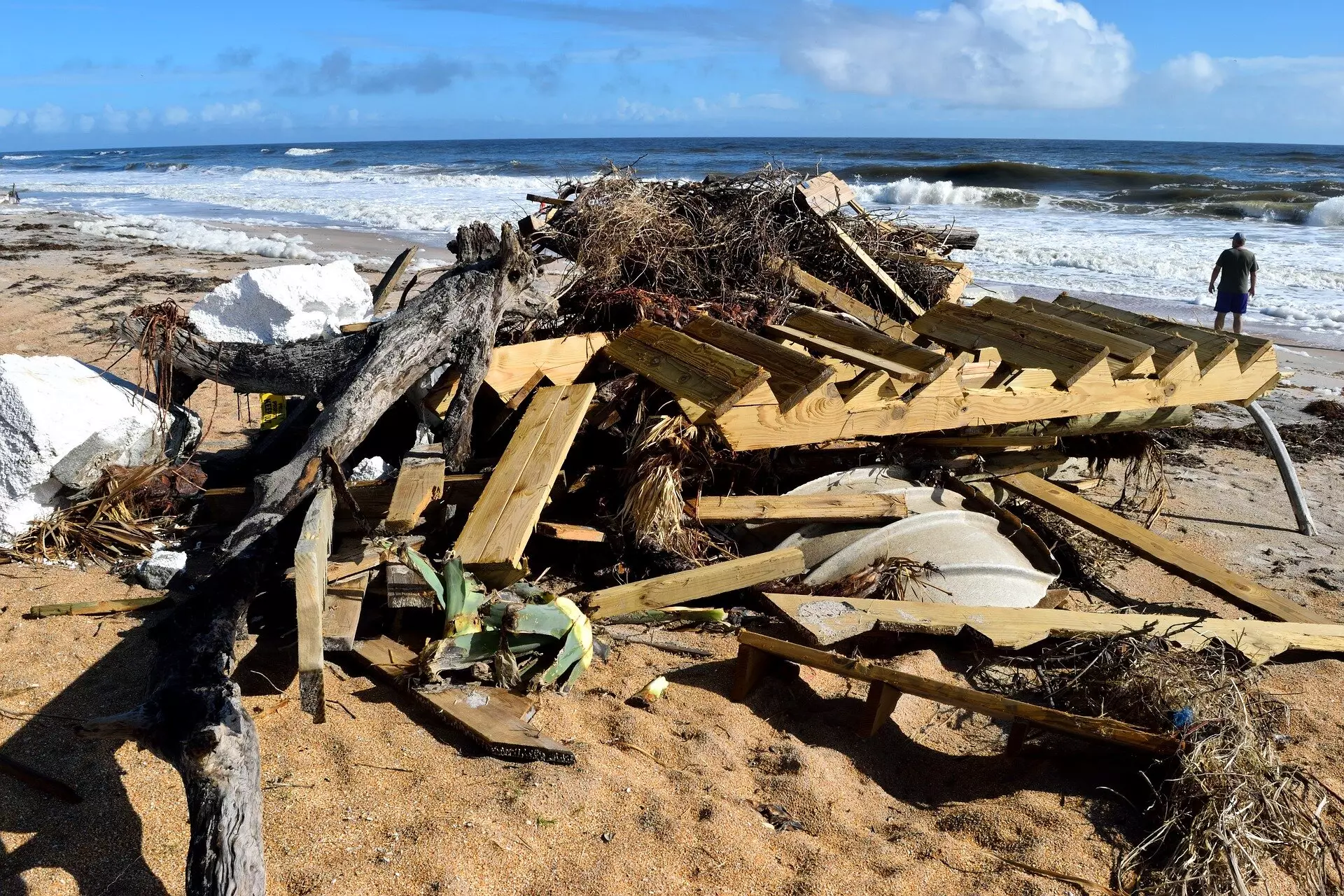Hurricanes and other severe weather phenomena have devastating impacts—both human and financial. The timeframe from 1980 to 2023 saw weather-related disasters inflict losses exceeding $2.6 trillion in the United States alone, as per the National Oceanic and Atmospheric Administration (NOAA). A glaring example of this trend occurred in 2022, with the nation grappling with 18 separate disasters, each incurring damages of $1 billion or more. Furthermore, from 2000 to 2021, the deadly toll of U.S. hurricanes claimed nearly 2,000 lives, highlighting the urgent need for better preparedness as climate change escalates the severity of such storms.
As these extreme weather events become more unpredictable and intense, the necessity for meticulous forecasting is more crucial than ever. Enhanced hurricane predictions have the potential to significantly mitigate the loss of life and financial damage incurred during these disasters. Mostafa Momen, a prominent researcher at the University of Houston, emphasizes that precise tracking of hurricane winds and flooding can facilitate improved evacuation strategies and bolster emergency response efforts, ultimately saving millions of dollars and countless lives.
The challenge of forecasting hurricane activity extends into the intricacies of how these storms gain strength. To delve deeper into these mechanics, graduate student Md Murad Hossain Khondaker, under the guidance of Assistant Professor Mostafa Momen, has turned to advanced computational methods. The team utilized the powerful Bridges-2 supercomputer at Pittsburgh Supercomputing Center, gaining access through the National Science Foundation’s ACCESS network, which connects leading centers for high-performance computing.
Central to their research is a focus on atmospheric friction—a factor that remains inadequately understood in the context of storm intensity. The heating provided by the sun in tropical latitudes can intensify hurricanes, while atmospheric friction operates as a counterbalance. Khondaker’s research sought to explore how adjustments to the assumed levels of friction could refine hurricane predictions, a task demanding extensive computational power to analyze the vast data sets involved.
With the significant capabilities of Bridges-2, the research team was able to simulate a comprehensive 17-day model of Hurricane Irma, achieving this with high horizontal resolution. The remarkable processing ability of Bridges-2—providing over 300,000 CPU-core hours and memory capacity beyond that of standard high-end laptops—was crucial for conducting these simulations efficiently. These simulations did not only hold the prospect for refining hurricane forecasting but also led to advancements in predicting flooding scenarios in vulnerable areas.
One of the most transformative elements of the team’s findings was their ability to adjust simulation parameters, which resulted in a remarkable enhancement of hurricane intensity forecasts. Specifically, the adjusted models proved 40% more accurate than traditional forecasting techniques. Additionally, they illustrated that increased hurricane intensity does not necessarily correlate with higher total rainfall. Instead, the research revealed that severe precipitation tends to be more localized, which poses unique challenges for urban areas that struggle with concentrated flooding.
The outcomes of Khondaker and Momen’s research have significant implications not only for predicting hurricane activity but also for understanding the urban environmental challenges posed by these intense weather events. The insights gained can directly inform community preparedness and response strategies in regions historically impacted by hurricanes, such as those devastated by Katrina, Harvey, and Maria.
In a world where climate change increasingly undermines weather predictability, the balance between atmospheric forces becomes paramount. The ability to better model hurricane characteristics through advanced computational analyses could revolutionize how society approaches the threats posed by these catastrophic events. By embracing innovative methodologies and tapping into computational resources, researchers are paving the way for more informed disaster management strategies, with the ultimate aim of saving lives and reducing the economic fallout of hurricanes.


Leave a Reply